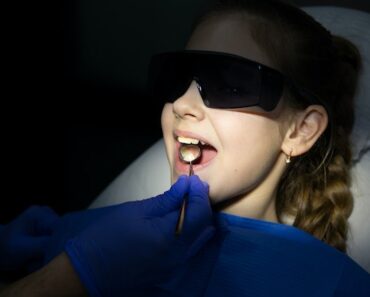Dry eyes are one of the severe concerns in my people’s lives because there are no organ-like eyes to do justice to the beauty of this world. Proper lubrication should always be present between the eyelid and cornea ( the visible outer layer of the eyeball) to minimize friction. Have you ever come across symptoms like itchy, dry eyes? If so, this article will help you a lot. This article will discuss what dry eyes are, their causes, and how to get rid of them.
Dry Eye is a medical condition in which there is decreased production of tears to lubricate the eyes or improper secretion of tears. Any of the reasons can be a cause of dry eyes, which is elicited in the form of
- Excessive burning sensation in the eyes
- Stinging feeling in both eyes
- Diplopia or blurring of vision
- Redness of eyes
- Photosensitivity to light.
- The eyelid angles get filled with mucus at night.
Before heading towards the causes of dry eyes, it is essential to know about the constituents of tears. They are composed of fatty acids, mucus, and water. These three ingredients have exceptional lubrication properties and prevent eyelid rubbing effects on sclerae.

Causes of Dry Eyes
Various causes can be a hidden reason behind the development of dry eyes. These includes
- Medical Diseases
Many medical diseases can lead to the development of dry eyes. These conditions include inflammation of the lacrimal gland(Tear producing organ), autoimmune diseases, thyroid abnormalities, and eye allergies. All of them are treatable if dealt earlier; otherwise, they can lead to severe complications.
- Drug Reaction
It can be a complication of many drugs, including anti-histamines, Estrogen and progesterone tablets, and anxiolytics. Cutting down on such medications can prevent dry eyes.
- Physiological Dry eyes
Dry eyes can sometimes be due to physiological causes in our bodies. It can be due to the aging process, which compromises the tear-producing gland’s function, or it can be due to improper hormone production.
- Anatomical Defects
The blockage of the pathway which transports the tears from the lacrimal gland to the eyes can result in dry eyes. The lacrimal gland produces the tears and is then transported by lacrimal ducts.
- Environmental conditions
Various environmental conditions can also trigger the dryness of the eyes. It can be due to smog, seasonal change, dryness in the air, or can be due to smoke. These factors are avoidable to prevent dry eyes.
- Vitamin s and Electrolytes imbalance
Many vitamins and electrolytes have a severe role in the production of tears. Researches have proved that chronic dryness of the eyes can be due to improper production of vitamin A. Apart from this, excessive exercise can lead to sodium, potassium, and other electrolyte loss, resulting in dry eyes.
- Anatomical Defects
The structure of our eyes also contributes to the development of dry eyes. It can be a result of improper closure of the eyelid. It may result from a poorly developed eye structure to cope with friction.
Who is more prone to getting dry eyes
It is determined solely by the presence of risk factors. As stated earlier, these are the main culprits behind dry eyes. These risk factors are increased age of an individual and eating less in water, sodium, potassium, and essential vitamins like vitamin E. As discussed earlier, hormonal changes occurring in females during pregnancy and the menstrual cycle can also trigger dry eyes.
How to Cope Dry Eyes
- Try to spend your time in humidity rich air
- Don’t rub your eyes too hard as it can lead to severe rubbing and damage the eye capillaries.
- Avoid the triggering factors that include smoke, smog, and other pollutants.
- Try to eat food that is rich in essential vitamins, minerals, water, and electrolytes
- Try to use artificial tears for lubricating effects. These are available in the market and have proved helpful in treating dry eyes.
Dry Eye is a severe problem, and it should be dealt with care. It is essential to rule out the root cause behind the development of dry eyes. Failure to treat the cause can result in harmful complications like red eyes, corneal ulcers, and even blindness. Immediately contact your health care practitioner so that prompt management can be done in case of no effect of the measures as mentioned earlier.
References
Golden, M. I., J. J. Meyer, and B. C. Patel. 2021. “Dry Eye Syndrome,” January. https://pubmed.ncbi.nlm.nih.gov/29262012/.
Messmer, Elisabeth M. 2015. “The Pathophysiology, Diagnosis, and Treatment of Dry Eye Disease.” Deutsches Ärzteblatt International 112 (5): 71.






